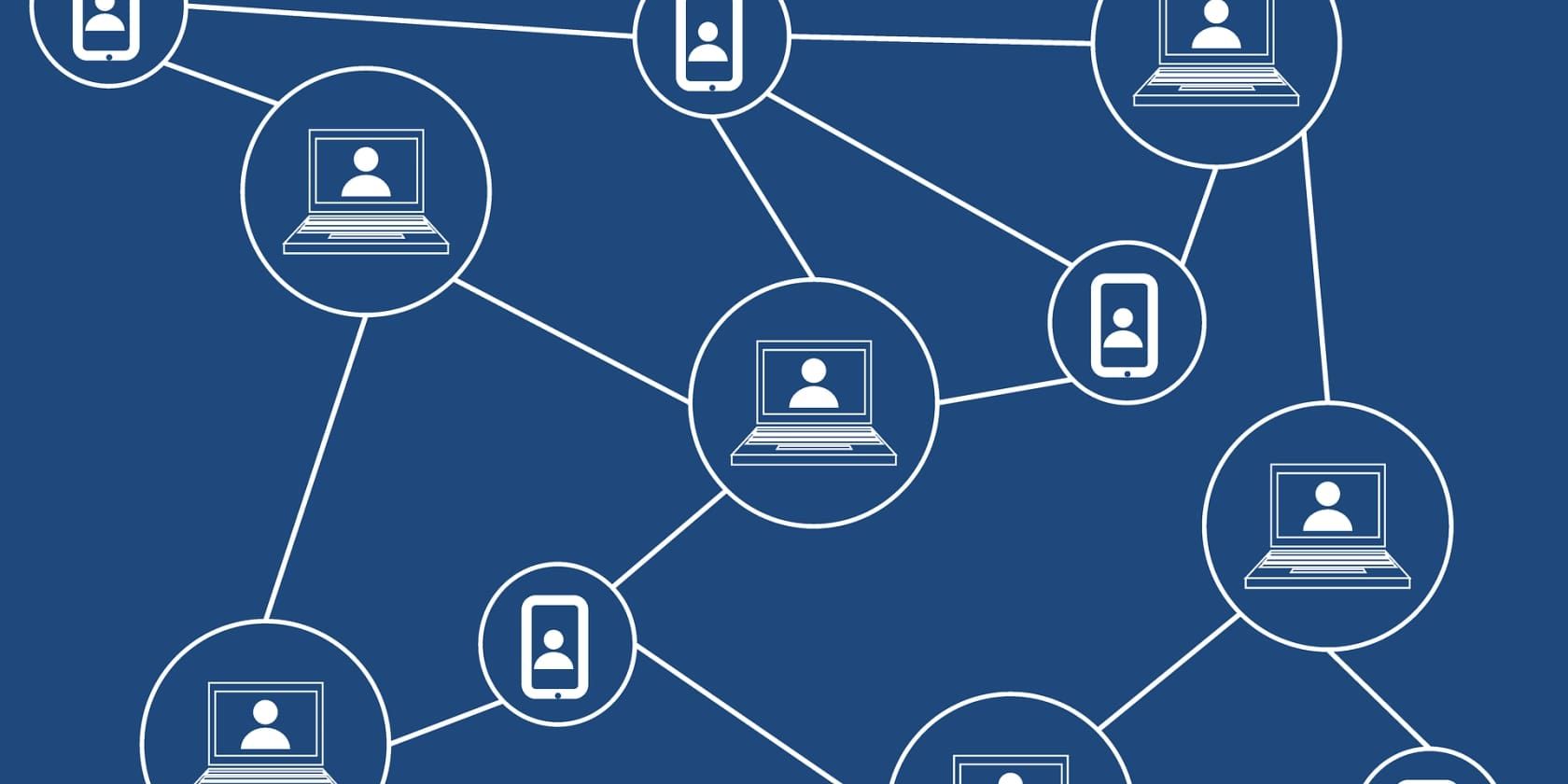How To Map Network Drive Windows 10
How to Map a Network Drive in Windows x for Piece of cake Access
Do you hate excavation through folders to find your network drive on Windows 10? Hither's how to assign it a drive name then you never lose information technology once more.

Shared networks make accessing information easier for everybody on the network. For instance, you tin can ready a dedicated network drive on your figurer and let everybody in your family access information technology. This makes it easy to share things like family photos with your family members.
Only finding and navigating to a specific shared folder every time someone wants to access it is pretty annoying. To save time and free energy, yous can map a network drive just like it's a local drive. Hither's how to map a network drive in Windows x.
How to Enable Network Discovery on Windows ten
Before you map a network drive, brand sure the network discovery is turned on. Otherwise, your PC won't be able to notice the network that you want to connect to.
- To turn on network discovery, printing Win + Due south to bring upwards the search bar, blazon Command Console, and cull the relevant pick to open the Command Panel.
- Once in the Control Panel, click on View network condition and tasks nether Network and Cyberspace.
- Next, select on Change avant-garde sharing settings to open the Advanced sharing settings panel.
- Finally, make sure the Turn on network discovery is enabled. If it isn't, click on the checkbox and so hitting Save changes.
How to Map a Network Bulldoze in Windows 10
After turning your PC'south network discovery option on, follow the steps down below to map a network drive.
- Open File Explorer by pressing Win + E and click on This PC in the left-hand tab.
- While in This PC, hit Reckoner in the pinnacle left corner, and so go to Map network drive > Map network drive.
- In the Map Network Bulldoze console, cull a bulldoze letter that you aren't already using. This will act equally the drive letter for your network drive.
- Next, press Browse and navigate to the shared network folder that y'all desire to map.
- Finally, click on Reconnect at sign-in and then hit End.
Making Network Drives Easier to Detect on Windows 10
Once you map a shared binder, information technology will appear in your PC'south file explorer like a local drive. In other words, you lot don't accept to look for that binder every fourth dimension you want to access information technology. This eliminates the sheer monotony of retracing the aforementioned process again and again.
If you really want to take your storage to the next level, why not get a drive that "lives" on your network? A Network Attached Storage (NAS) is a not bad way to give every device on your LAN somewhere to store their files.
Near The Author
How To Map Network Drive Windows 10,
Source: https://www.makeuseof.com/windows-10-map-network-drive/
Posted by: hairstonvervang.blogspot.com



0 Response to "How To Map Network Drive Windows 10"
Post a Comment